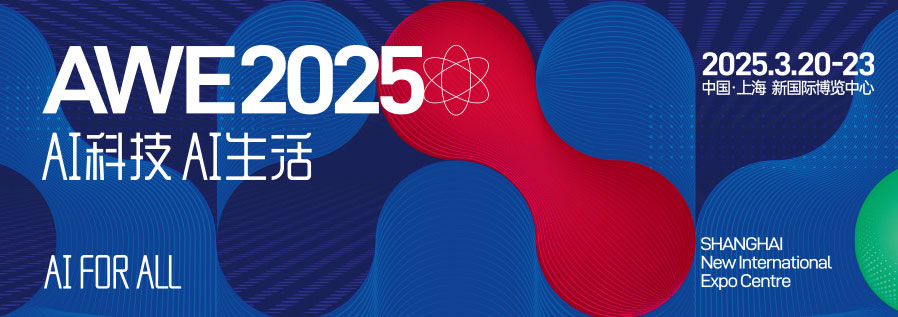Performance of China’s air conditioner industry in FY2024
Source: CHEAA-run China Appliance magazine
While the scorching summers attracted an influx of new players into China’s air conditioner industry in the past two years, the industry’s total production capacity was spiked up by 20 million units in only a year. Entering FY2024 (from September 2023 to August 2024) or the so-called “Cooling Year” 2024, the high shipments kept on until June 2024 when the weak retail sales and the record- high inventory at retailers put a stop to it. By shipments, the domestic market performance for FY2024 was not bad, posting domestic shipments of over 100 million units again with a slight dip of 1.5% YoY, according to ChinaIOL.com.
In fact, the high shipments were not only to the domestic market, but also to the scorched overseas markets such as Southeast Asia, Latin America and Middle East. The exports of air conditioners from China surged to 85 million units in FY2024, up 29.1% YoY, according to General Administration of Customs of China. The unexpected surge in exports contributed a lot to the overall performance of China’s air conditioner industry. In FY2024, the total shipments of China’s air conditioner industry stood at 185 million units, up 10.6% YoY, setting a record high, according to ChinaIOL.com.
It’s worth noting that the continued growing momentum in exports has played a significant role in the growth of China’s air conditioner industry in FY2024. With exports accounting for nearly 50% as of the end of FY2024, it is forecasted that exports will play a bigger role in the development of China’s air conditioner industry down the road.
Domestic Market
Domestic market is facing challenges from gloomy real estate market, high penetration rate and excess capacity. With the floor space of residential buildings completed in China down by 21.7 percent in H1 according to National Bureau of Statistics, China’s residential air conditioner market is shifting away from being driven by new house furnishing. This coupled with the drained domestic demand and the high penetration rate resulted from the hot sales of air conditioners driven by heatwaves in the past two years, points to the new growth driver of the industry- replacement.
The domestic retail sales of air conditioners in FY2024 lent credence to it. According to All View Cloud, from January to July 2024, the total retail sales volume of the domestic home air conditioner market was 39.114 million units, a year-on-year decrease of 10.2%, with retail value at 132.13 billion yuan, down 13.9% year-on-year. The retail performance during the peak seasons including June and July was particularly bleak. Behind the good domestic shipments, home air conditioner enterprises are facing a slowdown in retail sales and an exceedingly high inventory.
When high temperatures, low prices and real estate market cannot provide a boost to domestic sales, replacement needs rise to become the core demands of China’s air conditioner market. Many consumers expressed their attitudes towards replacing their existing air conditioners during a survey launched by the China Appliance magazine. They said they would only replace the old air conditioners when it was necessary and would prefer products with functions they need and aesthetics to their liking at prices within their expectations. In FY2024, TCL and AUX achieved outstanding market performance in the domestic market. It is not made by undercutting competitors, but by improving functions such as fresh air systems and smart voice control. Their marketing strategies well target the consumer’s replacement needs.
Overseas Market
The explosive growth of the air conditioner exports in FY2024 has taken most people by surprise. The increased presence of air conditioning companies in the overseas market has made export a core driver of the industry, marking a milestone in the development of the air conditioner industry.
What’s behind the rise of exports? On one hand, the extreme heatwaves around the world this year have spurred market demand in regions such as Southeast Asia, South Asia, the Middle East, and Latin America. On the other hand, with excessive production capacity to be utilized, many Chinese air conditioner companies, optimistic about overseas markets, have started their global expansion from a long time ago. The sluggish domestic market speeds up their overseas deployment. It’s worth noting that their overseas operations have upgraded fundamentally to a system that integrates local R&D, local manufacturing, localized product and service customization and local agents from the old agent mode.
Chinese players adopt different strategies when it comes to going global. Brands like Haier and Hisense choose to establish their own brands while companies such as Midea mainly focus on OEM. But they all believe that overseas development is a long run and it takes time for Chinese manufacturing to build reputation.
There is a general concern within the industry regarding the competitive landscape in the export market. Data released by the China Chamber of Commerce for Import and Export of Machinery and Electronic Products shows that although the export volume of Chinese air conditioners increased by over 25% year-on-year in the first half of 2024, the year-on-year growth rate of export value was only 15%. This indicates intense competition even at the overseas market.
The overseas market is an opportunity for the Chinese air conditioner industry. To sustain the growth in overseas markets and maintain the upgrading product structure and brand reputation, the industry players need to have a clear understanding of the challenges ahead.

